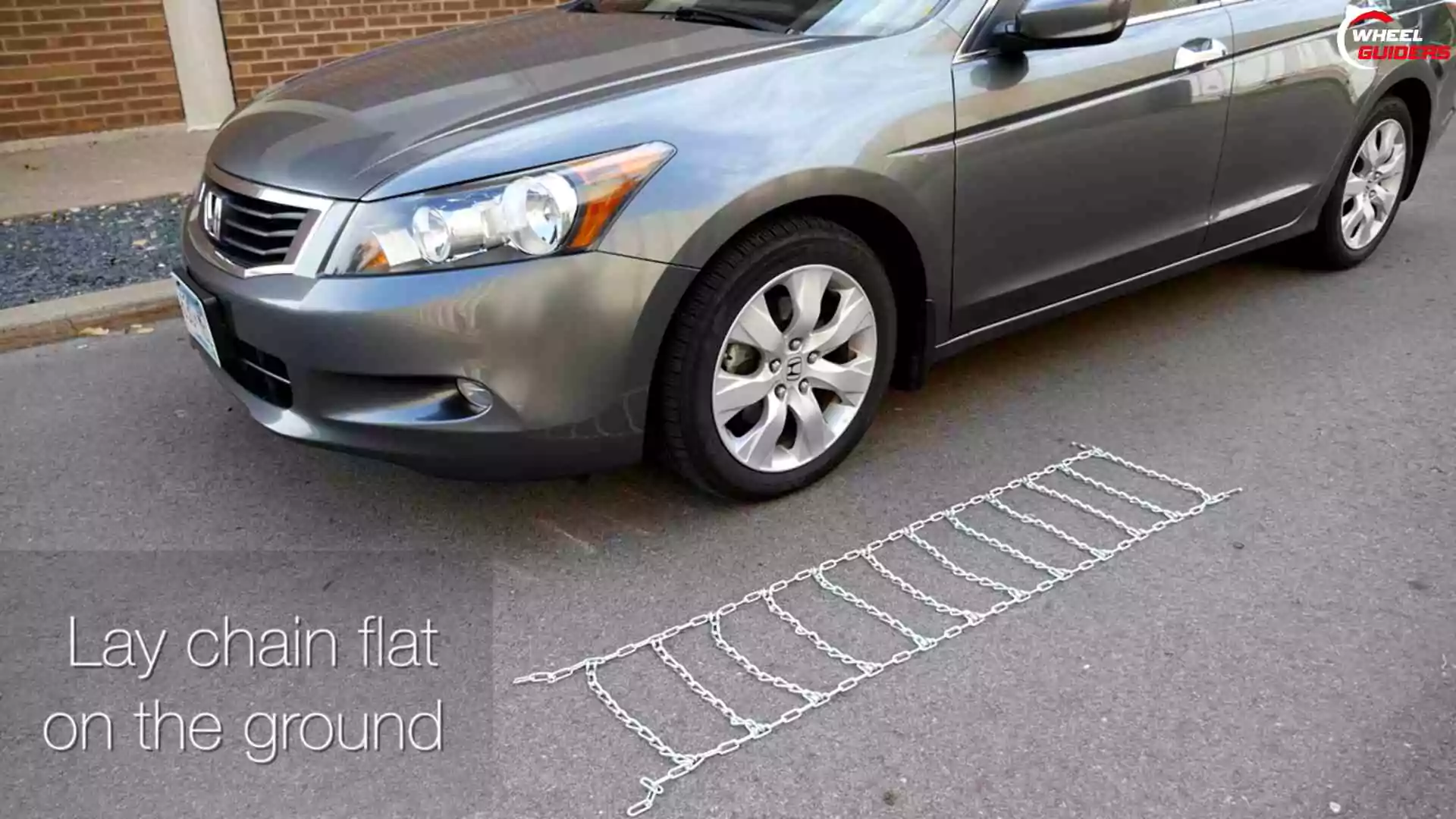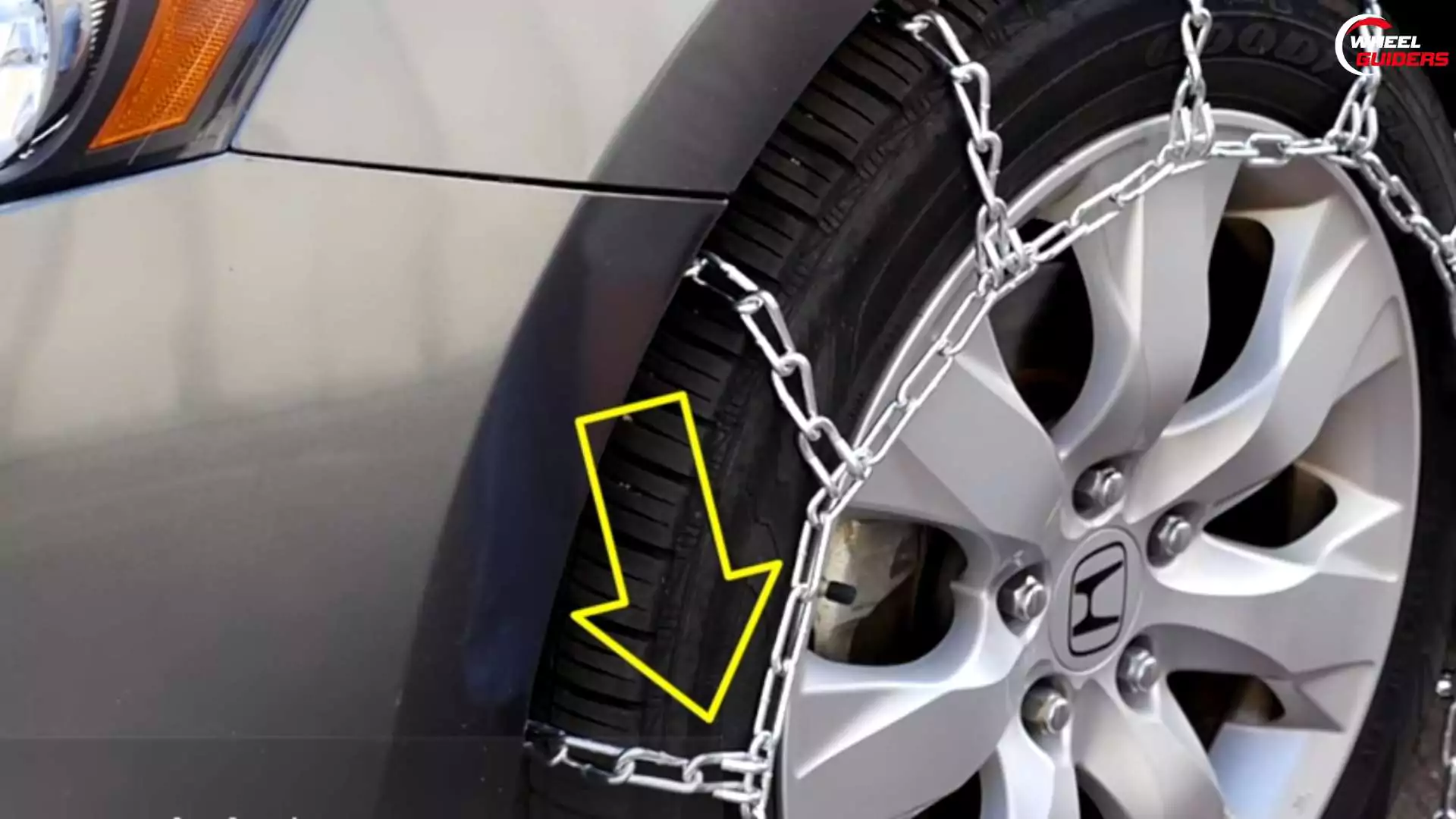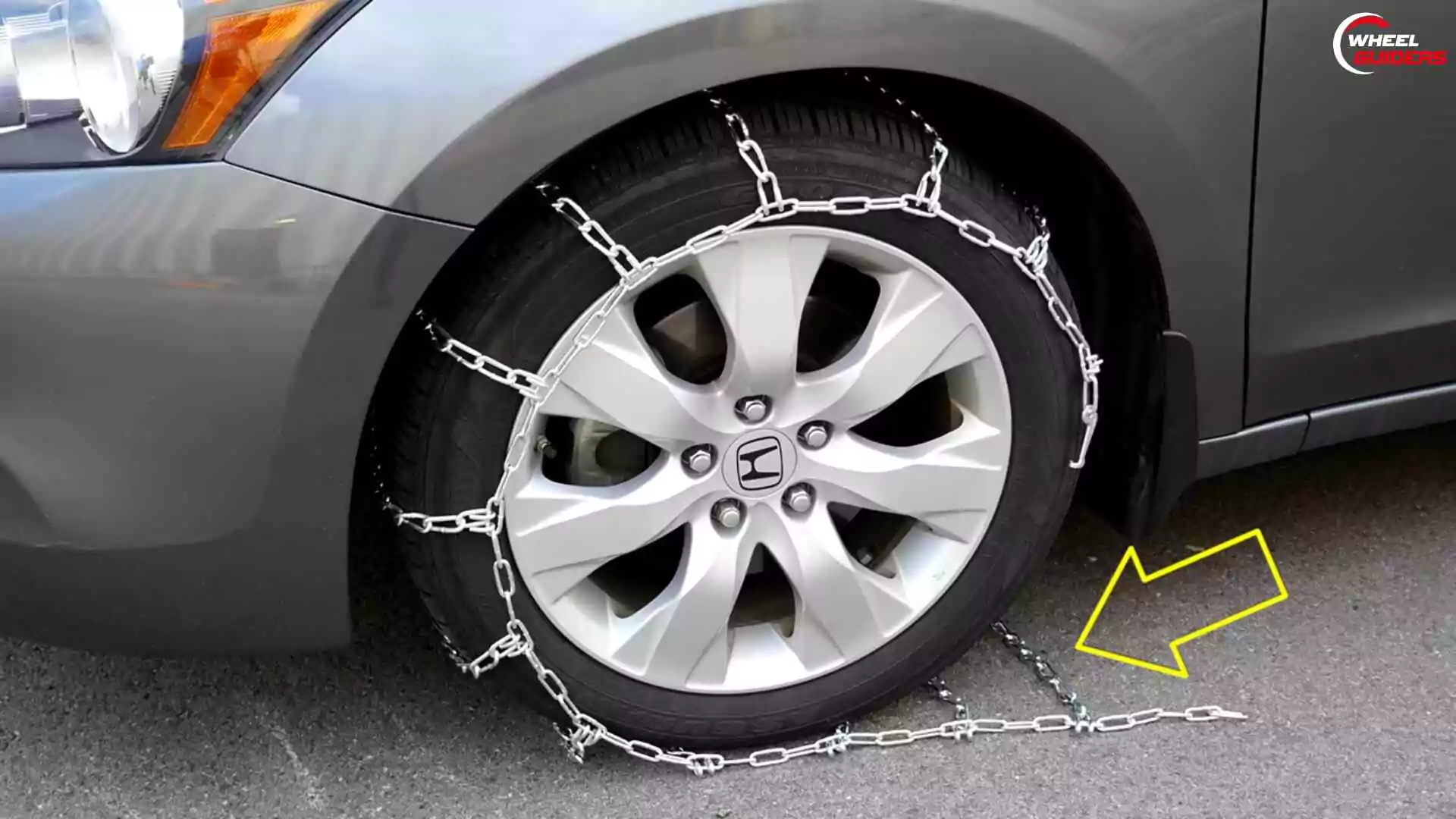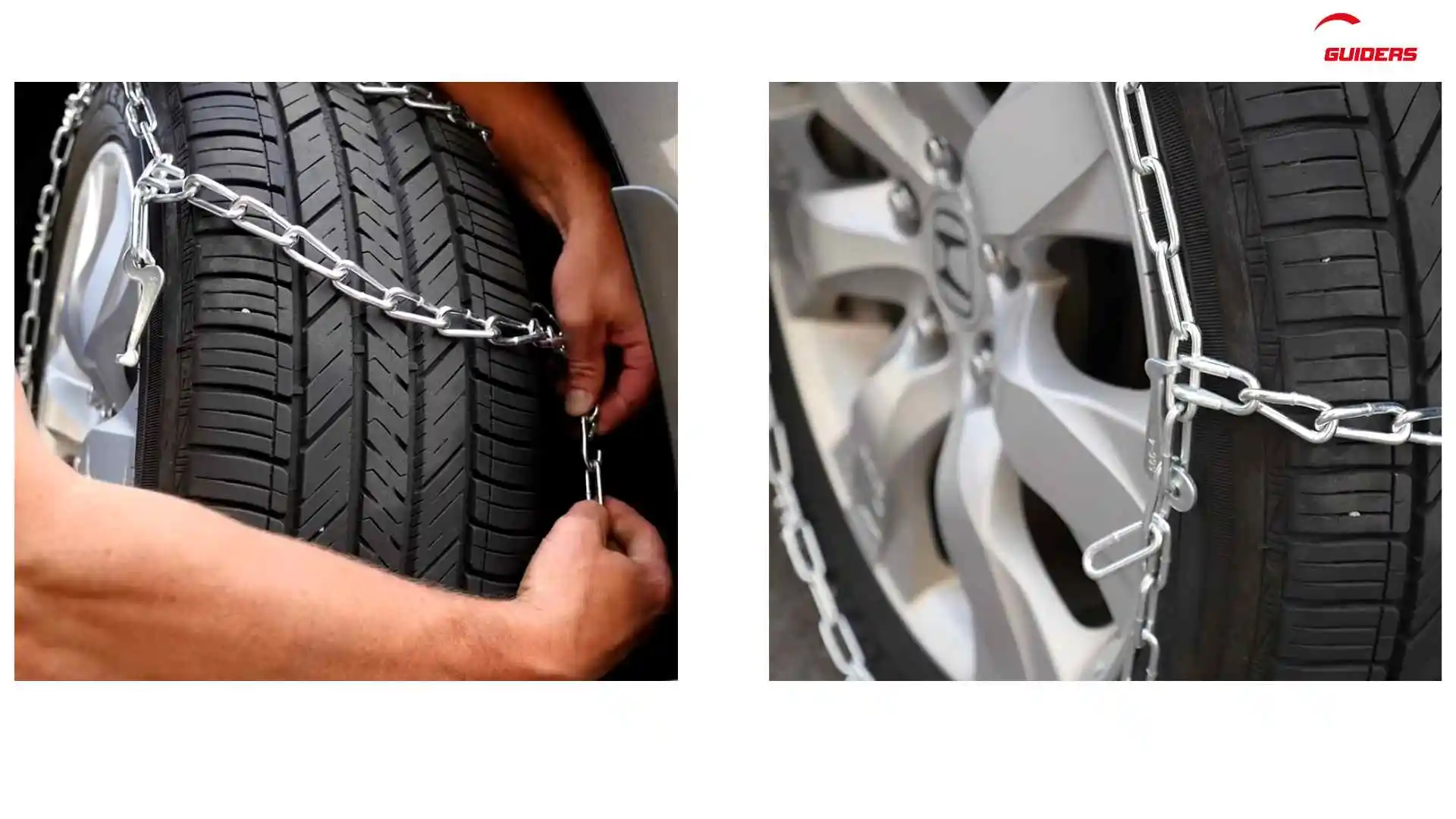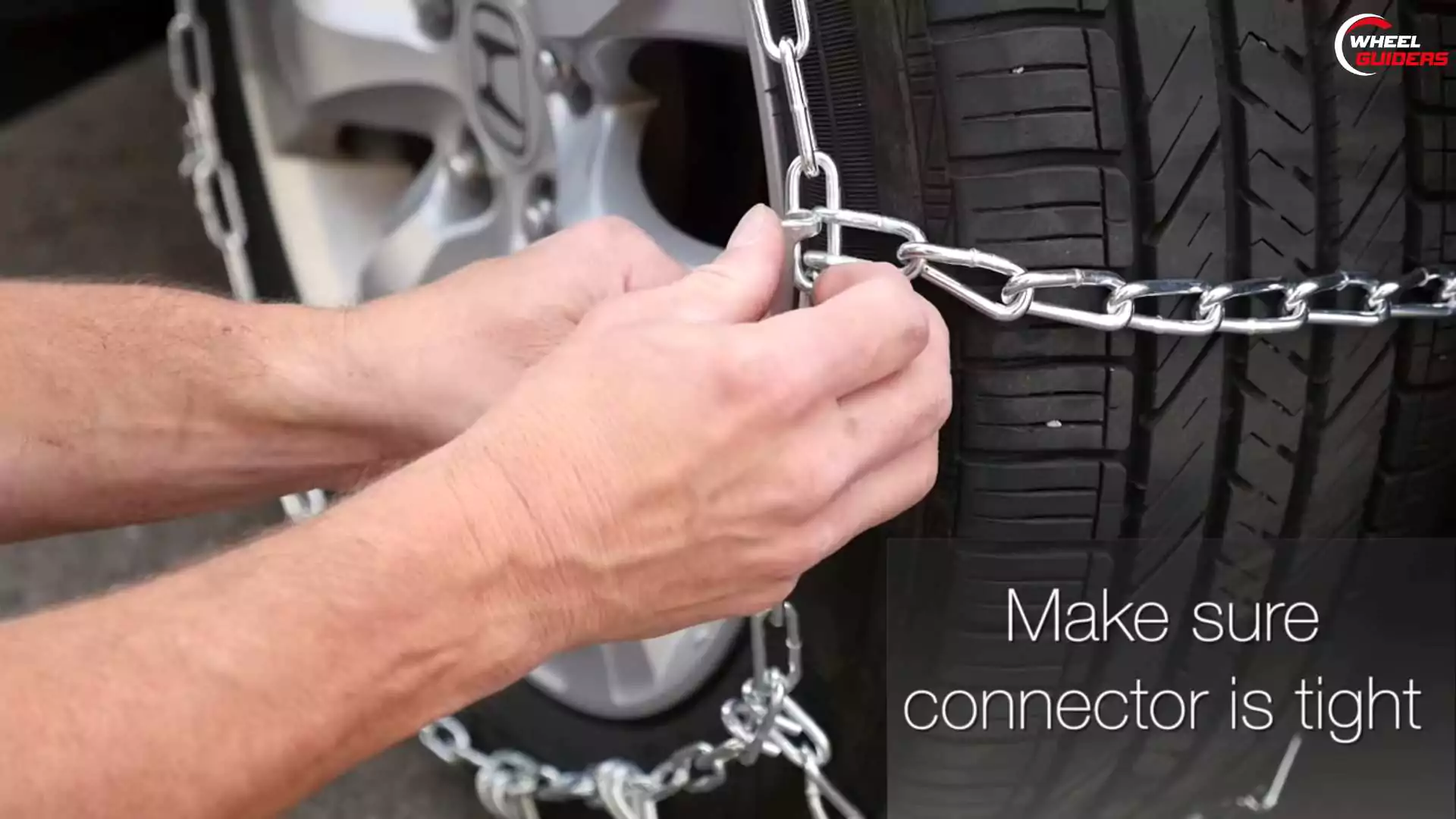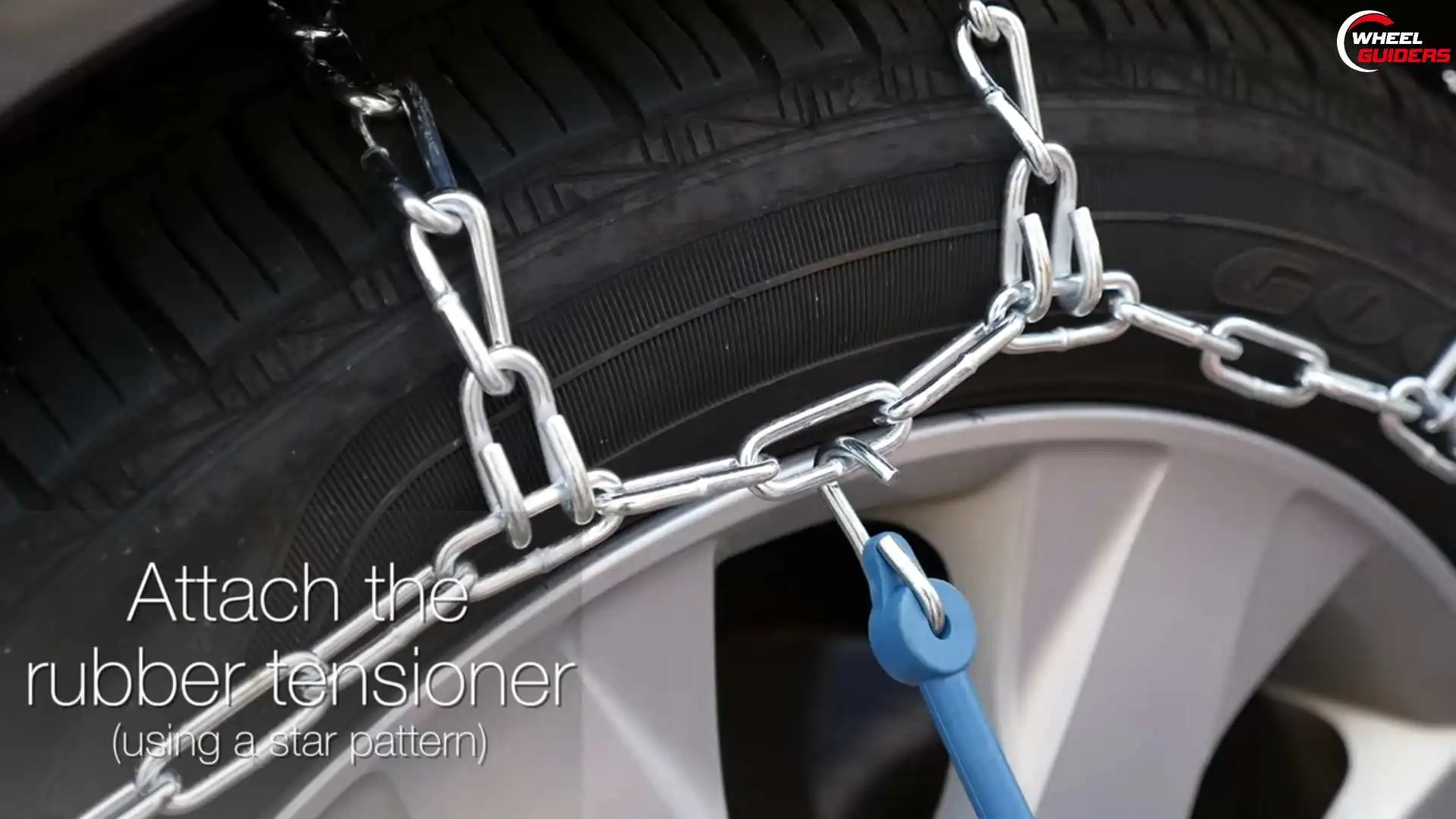Do I Need Chains On All 4 Tires? Find Out Now! Complete Guide
I know how difficult it is to drive your vehicle in extreme winters. Icy or Snowy roads always give us a terrible experience. But by understanding chains and how to use them, you will not have to worry anymore.
Do I Need Chains On All 4 Tires? If your vehicle is a 4WD/AWD it will drastically benefit from using tire chains on all four tires and result in improved traction. But it your vehicle is a front-wheel drive it requires chains on only the front tires, while if it is a rear-wheel drive you will need to place the chains only on the rear axle.
No, it is advisable to use chains on all four tires only for 4WD/AWD vehicles. Front-wheel drive vehicles typically require chains on the front tires, while rear-wheel drive vehicles usually need chains on the rear axle. No, only 4WD/AWD vehicles can benefit from using tire chains on all four tires to improve traction.
Let’s take a short dive, explore more about chains, their uses, benefits, how to install then and finally try to understand whether do I need chains on all 4 tires or not.
What is a Tire Chain?
They are add-ons for your car’s tires that provide you more traction on ice and snow. Tire chains are meant to hold the road surface and keep your wheels from slipping or spinning.
They are often constructed of metal or other strong materials. Tire Chains are particularly helpful in regions with steep hills or other difficult driving conditions when even the most sophisticated traction control systems would not be sufficient to keep you safe. They are made in different sizes with amazing design and power.
Why do you use Tire Chains?
To keep it simple, it provides an enhanced grip for your tires over the ice. As I said earlier, chains on tires increase traction. This leads to a better grip when riding on the snow. It minimises the chances of losing control of your vehicle and helps you with hassle-free driving on the skidding black ice roads. There are other benefits as well; here you go.
Benefits of Tire Chains or Snow Chains
Hope you got a clear knowledge of why you need to use Tire Chains. Now let’s dig in on when to use it.
When To Use Tire Chains?
Tire chains are not necessary for all seasons, especially when roads are even and free from snow. However, during extreme winters characterized by snowfall and snow mist, the roads become hazardous and unpredictable.
The road surface transitions from dry to wet, wet to snow-covered, and icy, posing high challenges. In such conditions, snow or ice on the road can have more influence and control over your vehicle. Therefore, it is advisable to use snow chains when there is a layer of compacted ice or snow covering the road surface.
NOTE: Different locations have different sets of rules as for when and where you can use the tire chains. It is important to follow the set of rules and be aware of them before using the chains on your tires.
How Many Tire Chains Do I Need?
According to automotive experts, the placement of tire chains depends on the type of vehicle. For front-wheel drive vehicles, the chains are installed on the front tires. Moreover, for rear-wheel drive vehicles, the chains are usually fitted on the rear axle.
For 4WD or AWD, it’s important to consult your vehicle’s owner’s manual to determine the recommended placement. However, placing chains on all four tires for 4wd and awd will provide a high level of stability, control, and efficiency while driving on snowy roads. Installing chains only on the front tires may encounter unpredictable reactions like braking difficulty and movement issues.
On the other hand, installing chains on the rear tires may result in difficulty in controlling the direction of your steering.
Do I Need Chains On All 4 Tires In Awd or 4WD?
Driving on slippery or wet roads covered in snow demands a strong grip to maintain control. However, some individuals opt to switch either the front or rear tires, thinking it will suffice. Yet, the truth is, your vehicle can exhibit a split personality in such situations.
When snow chains are installed exclusively on the rear end, it can cause the vehicle to skid to one side and exhibit inconsistent performance. Moreover, if all four wheels do not have the same chain fitting, it can negatively impact the effectiveness of electronic traction control systems and anti-lock brakes, compromising their proper functioning.
How To Drive With Chains On Tires?
Start off slowly to assess if the chains are properly managed. Accelerate gently to avoid sudden jerks or wheel spin. When driving with snow or tire chains, it is advisable to stay below 25 miles per hour, as exceeding the speed limit can be dangerous.
Pay close attention to the sound while driving. If you hear any unusual indications, immediately stop your car and inspect the chains for looseness or damage. Driving with loose or broken chains can cause damage to your vehicle. Moreover, avoid driving on bare or dry pavement while the chains are installed.
Steps To Install Tire Chain Step
Time needed: 5 minutes
- Lay Chain Flat On The Ground
Before draping the chain, it is important to lay the chain flat on the ground to inspect it for any tangles, twists, or damages.
- Drape The Chain
Lay the chain on the top of the tire and make sure the cross chains are facing upwards and drape it evenly over the tire. Once it is done, double-check whether the chain hooks are facing outward or not.
- Move The Vehicle Forward
To make the process hassle-free move the vehicle forward so that one or two cross chains pass under the tire.
- Turn The Stearing And Fasten
By turning the wheel inside, you can easily reach behind the tire and fasten it from inside and outside.
- Inspecting
Inspect the hooks properly and make sure they are fastened tightly.
- Attach The Rubber Tensioner.
Once the tire chains are properly installed on the tires, it’s important to attach the rubber tensioner. The rubber tensioner is designed to provide additional support and ensure a secure fit of the tire chains.
How To Remove Tire Chains?
Compared to the installation process, removing the snow chain is much easier to do. How?
- Park your vehicle on a flat surface and also away from traffic.
- Make sure the parking brakes are on. Automating the park brakes is recommended for both automatic and manual transmission.
- Now, disconnect the tire chains from the wheel by pulling them carefully
- Instead of driving the vehicle, it is recommended to manually remove the chains.
- Now, collect the chain and store them in a safe place.
How To Use Tire Chains Efficiently?
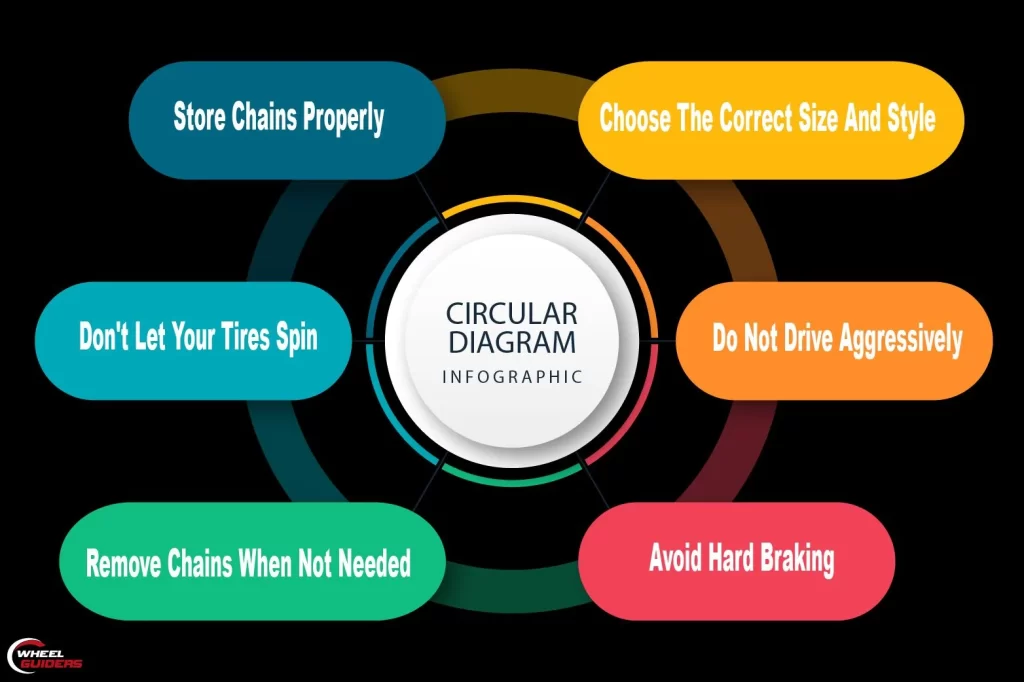
Choose the Correct Size and Style
Whenever you purchase something, it is always good to see whether it is a perfect fit. Likewise, picking the correct size based on your vehicle tires is advisable when choosing the tire chain. But never use the wrong chain sizes and measurements for your tires.
Do not drive aggressively
Though you have installed tire chains on your vehicle, you should not drive aggressively on the snow roads. Aggressive driving may increase the risk of damage to your wheels. Automotive experts recommended maintaining the speed level between 20 to 30 miles per hour.
Here are some reasons you should not drive aggressively on the snowy pavement.
Avoid Hard Braking
Seamless hard braking on snowy or icy pavement with tire chains leads to the front brake locking, and you could lose steer control. Furthermore, excessive hard brakes and acceleration could push too much pressure on your tire chains and may cause them to splinter.
Remove Chains When Not Needed
You should consider removing the chains once you have clear road visibility or bare pavement free of ice and snow. Otherwise, they cause severe damage to your vehicle and may reduce your fuel efficiency. Hence, taking off the chains from the tires is advised when you have a clear road to drive.
Don’t let your tires spin
Tire chains spinning on your tires can hasten their wear, reduce their efficiency, and even risk causing harm to your car. Aim to keep your speed constant and avoid abrupt acceleration.
Store Chains Properly
After removing the tire chains from your vehicle, it’s important not to simply them simply aside in your garage. Proper maintenance is required even if you’re not using them for now. Or else it may get rusted.
When there is a need for it, you won’t be able to benefit from it. So, store it with proper maintenance. When there is a boon, there will be a bane. Am I right? The factors mentioned above are boons for drivers who drive on icy tracks. However, there is some bane that comes along with it. What are they?
Tire Chains are not most effective if there is deep snowfall or mud. Its effectiveness will get reduced if the snow is deeper than 4 inches. If the snow is much deeper at 6 inches, your tire chains become ineffective.
Wrapping Up
I hope with this article your doubt on whether do I need chains on all 4 tires is clear. Many drivers find winter driving to be challenging, especially those who reside in regions with significant snowfall or regular ice storms. While many cars have all-wheel drive or other traction-enhancing systems, these might not be sufficient to keep you safe on slick roads.
Tire chains are useful in this situation. They can assist you in keeping control of your car and prevent you from accidents by supplying more traction and grip. Make sure that your tires are not losing air pressure or are properly balanced before installing chains on them.
Due to challenging road conditions during winter, many people choose to limit their driving. However, you will not have to be one of them. Install chains on your tires and drive confidently.
